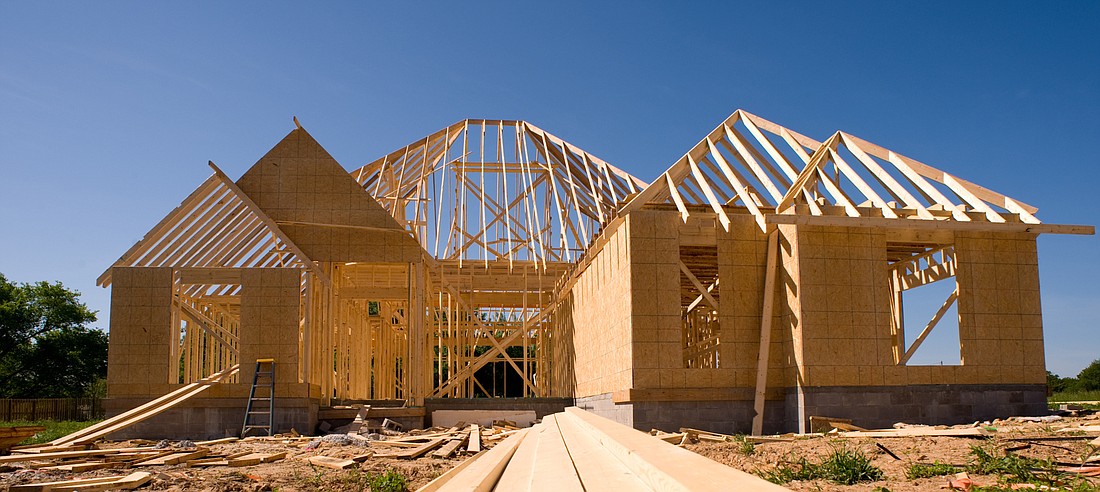
Another way to keep people awake during a breakfast PowerPoint, in addition to coffee, is to present sobering facts.
Consider:
• The coronavirus pandemic hangover continues. What started in 2020 with price spikes for lumber now has homebuilders waiting for garage doors, windows, doors, HVAC equipment and household appliances. In May, nearly 40% of builders nationally experienced difficulty getting garage doors. A house cannot be sold when financing is involved without a garage door. If the garage is wide open, the sale cannot be closed.
• 75% of Florida builders have increased prices because of cost and supply.
• Despite the shortage of housing components, the number of houses under construction in the Jacksonville metro area in the first quarter of 2022 stood about 7,000, double the first quarter of 2019. Housing starts have risen continually since the pandemic began in 2020 despite labor and supply shortages.
• The average base price of a single-family home in the Jacksonville metropolitan area of Baker, Clay, Duval, Nassau and St. Johns counties was $466,000 as of May, and it quickly reached that from year-end, when the average price hit $400,000. Between 2016 and 2020, the average price hovered around $350,000.
Gordon Van Sant, senior manager at the Zonda Home housing data and research company, presented the report June 10 at a Northeast Florida Builders Association Sales & Marketing Council breakfast meeting at the University of North Florida.
He presented the Metrostudy Market Trends and Conditions update.
He explained research about the current housing crisis that is causing national concern.
On the simplest level, it is supply and demand. Too much demand and not enough supply.
While one answer would be to just build more houses, builders cannot build if they can’t find basic housing components.
Price increases also might moderate.
“It remains to be seen, but as supply catches up it would seem to point to a much more normal appreciation level as seen from 2016 to 2020 instead of double-digit percentage increases,” Van Sant said after the presentation.
Takeaways
Van Sant also said:
• Jacksonville’s unemployment rate was 3.1% at the end of the first quarter.
• Jacksonville monthly mortgage payments have risen 40% over the first five months of 2020, from $1,099 to $1,534. This reflects the increased mortgage interest rate from about 3% to 5%. Van Sant said it wasn’t that long ago that buyers coveted a 5% fixed 30-year mortgage.
• In May, Zonda found 50% of Florida builders experienced some buyers being unable to qualify for the home they wanted or having to cancel their contract because of higher interest rates.
• Jacksonville remains a buyer’s market for those relocating to Florida. Most of Jacksonville’s relocation market comes from Los Angeles, the New York City metro area and Washington, D.C. The median price of a single-family home is $886,000 in Los Angeles, $682,00 in the New York City metro area and $552,000 in Washington, D.C. The Jacksonville MSA median price at the end of the first quarter 2022 was $375,000.
• Since 2015, Jacksonville has remained a Top 5 relocation market in regular competition with Tampa; Phoenix; Austin, Texas; and Raleigh, North Carolina.
• The Wall Street Journal reported in April that Jacksonville was among the Top 5 job markets in the nation. What set the list apart is that all five – Austin; Nashville, Tennessee; Raleigh; and Salt Lake City – are midsize cities with populations of 2.3 million or less.
• Over the past year Florida has seen a 39% increase in new residents from out of state. Of the Top 25 cities with the greatest amount of migration, 13 were in Florida.